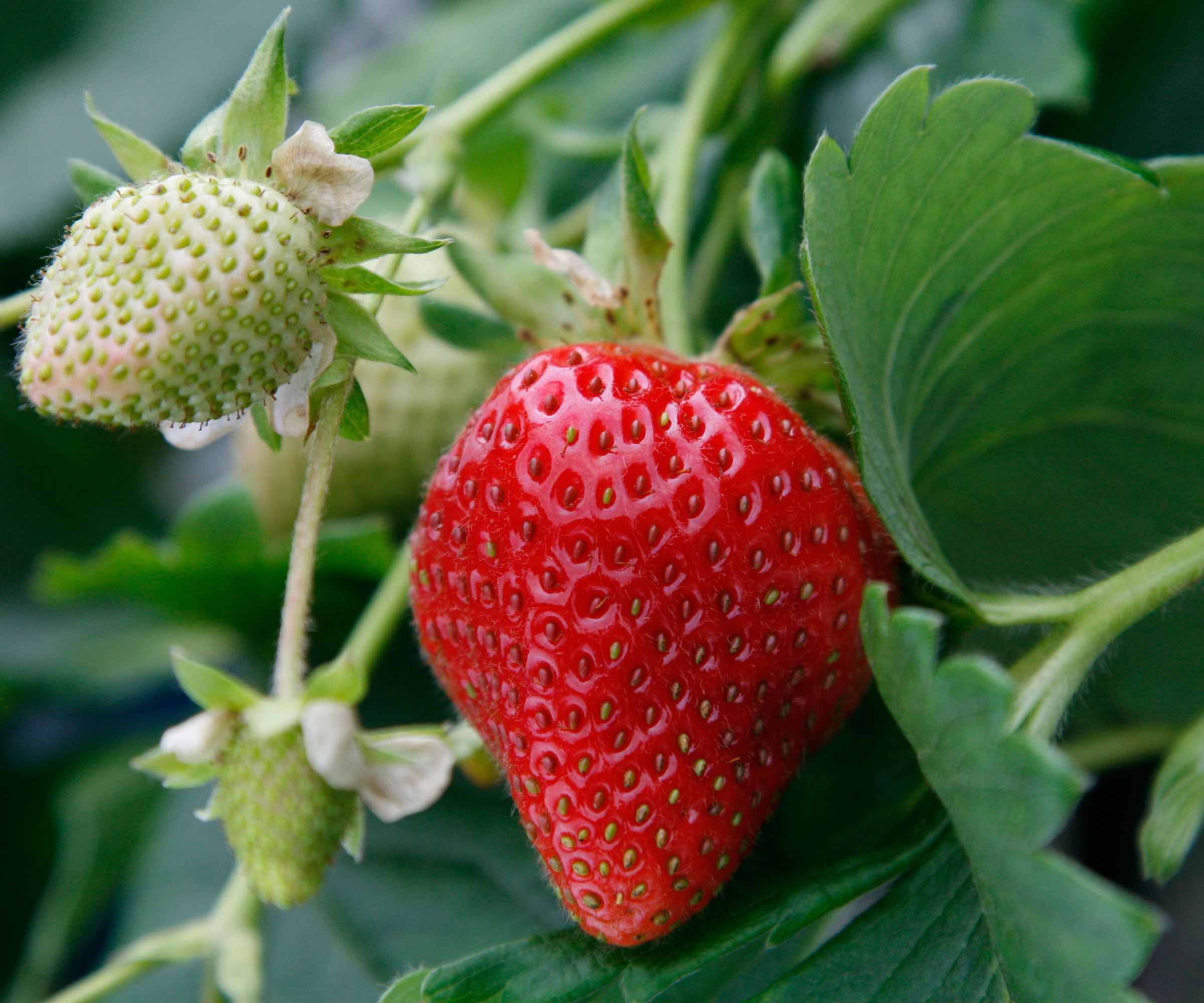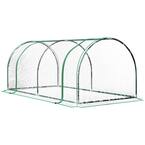Want earlier harvests and a longer season of delicious fruits? Here's all you need to know about forcing strawberries
Bringing strawberry plants indoors means fruit up to a month ahead of normal


Strawberries are available year-round in grocery stores nowadays, so you never need to go without them. However, we all know homegrown strawberries taste far superior to any store-bought ones - but the season can be short. There is a way to extend that season, which is by forcing strawberries.
Growing different types of strawberries can prolong the harvesting season from early summer to fall. If you grow strawberries and desire even earlier pickings, bringing plants indoors in winter can reward you with harvests up to a month earlier.
Forcing strawberries and other fruits or vegetables is a historic pastime as crops weren’t available year-round. My experience of forcing strawberries comes from my time as a kitchen gardener, as we used the technique to get earlier harvests of delicious, fresh, homegrown strawberries for chefs.

A guide to forcing strawberries
Forcing strawberries is different from forcing vegetables such as rhubarb or chicory. When forcing rhubarb, for example, the plants are covered and grown in darkness for earlier shoots.
This technique differs from forcing strawberries, where warmth is key to encouraging earlier fruiting. I will examine forcing strawberries in depth and reveal some key tips to help you get a successful earlier crop.
What is forcing strawberries?

Forcing strawberries is a way to extend the season indoors and encourage plants to start fruiting earlier than any strawberry plants outdoors in the kitchen garden. Forcing strawberries allows you to get an early harvest of strawberries to pick for 3-4 weeks before the outside plants start to hit their peak.
Lifting strawberry plants and moving them into a greenhouse in winter speeds up their growth and promotes earlier flowering and fruiting. The plants need a period of cold outside to flower and fruit well, but then will start growing rapidly when brought into a warm, protected environment.
Design expertise in your inbox – from inspiring decorating ideas and beautiful celebrity homes to practical gardening advice and shopping round-ups.
You can grow strawberries in pots indoors and force them, or plant them in the ground if you have beds as part of your greenhouse set-up. It is also possible to force strawberries outdoors with cloches to get them to flower earlier.
Unfortunately, any forced strawberry plants will be exhausted after the process and are best discarded and used to make compost. They can be planted back in the garden but may struggle to produce a good crop.
Tips for forcing strawberries

February is an ideal time to start forcing strawberries. It provides the strawberries with a sufficient period of winter cold needed for good flowering and fruiting, and that timing is rewarded with a better crop of fruits. Going any earlier than this and forcing strawberries in January will not be as successful as waiting until February.
A heated greenhouse will provide the best results, but forcing strawberries can be done in an unheated greenhouse - though the crop will be later and smaller than if you heat a greenhouse. Forcing strawberries and getting an earlier crop of delicious fruits is a productive way to use a greenhouse in winter, even if it is just a few pots of strawberries so the rest of the space can be given over to storing tender plants, sowing seeds, and growing winter crops.
The best types of strawberry plants for forcing are early varieties. It is advised to force young plants that are one or two years old, this is because strawberry plants are at their most prolific ages two and three before their productivity wanes. If you took strawberry runners the previous summer, these plants are ideal candidates for bringing inside in winter to force. When you take and pot up strawberry runners, it is beneficial to take extra to give you a set of plants to force.
Tidy up the plants, such as removing dead leaves to avoid strawberry diseases and snipping off runners, so all the energy is focused on flowering and fruiting. And mulch around plants with compost to retain moisture in the soil and suppress weeds.
Watering and feeding are important when forcing strawberries. After being transplanted, the plants need a good drink and want regular watering so the soil is consistently moist. Once they start flowering, fertilize strawberries with a liquid tomato feed to encourage strong flowering and fruiting. Mixing the feed and adding it when you water plants every two weeks will promote the development of many flowers and help ripen fruit.
Once the strawberries start to flower, you need to take steps to guarantee pollination. Give the plants a helping hand by opening the greenhouse doors to allow pollinators to find the flowers. Alternatively, hand-pollinate plants with a soft brush by softly dabbing the inside of each flower every few days to transfer pollen.
There is scope to force strawberries outdoors if you do not have a greenhouse. As mentioned, covering plants with a garden cloche will prematurely raise the temperature and encourage earlier flowering and fruiting.
It will not mean harvests as early as forcing strawberries in a greenhouse, but it will mean slightly earlier-than-normal fruits. When you cover plants with cloches, remember to remove them for periods to allow pollinators to access the flowers and lift the cloche on particularly warm days to let air in and reduce temperatures.

Drew has worked as a writer since 2008 and was also a professional gardener for many years. As a trained horticulturist, he worked in prestigious historic gardens, including Hanbury Hall and the world-famous Hidcote Manor Garden. He also spent time as a specialist kitchen gardener at Soho Farmhouse and Netherby Hall, where he grew vegetables, fruit, herbs, and cut flowers for restaurants. Drew has written for numerous print and online publications and is an allotment holder and garden blogger. He is shortlisted for the Digital Gardening Writer of the Year at the 2025 Garden Media Guild Awards.


